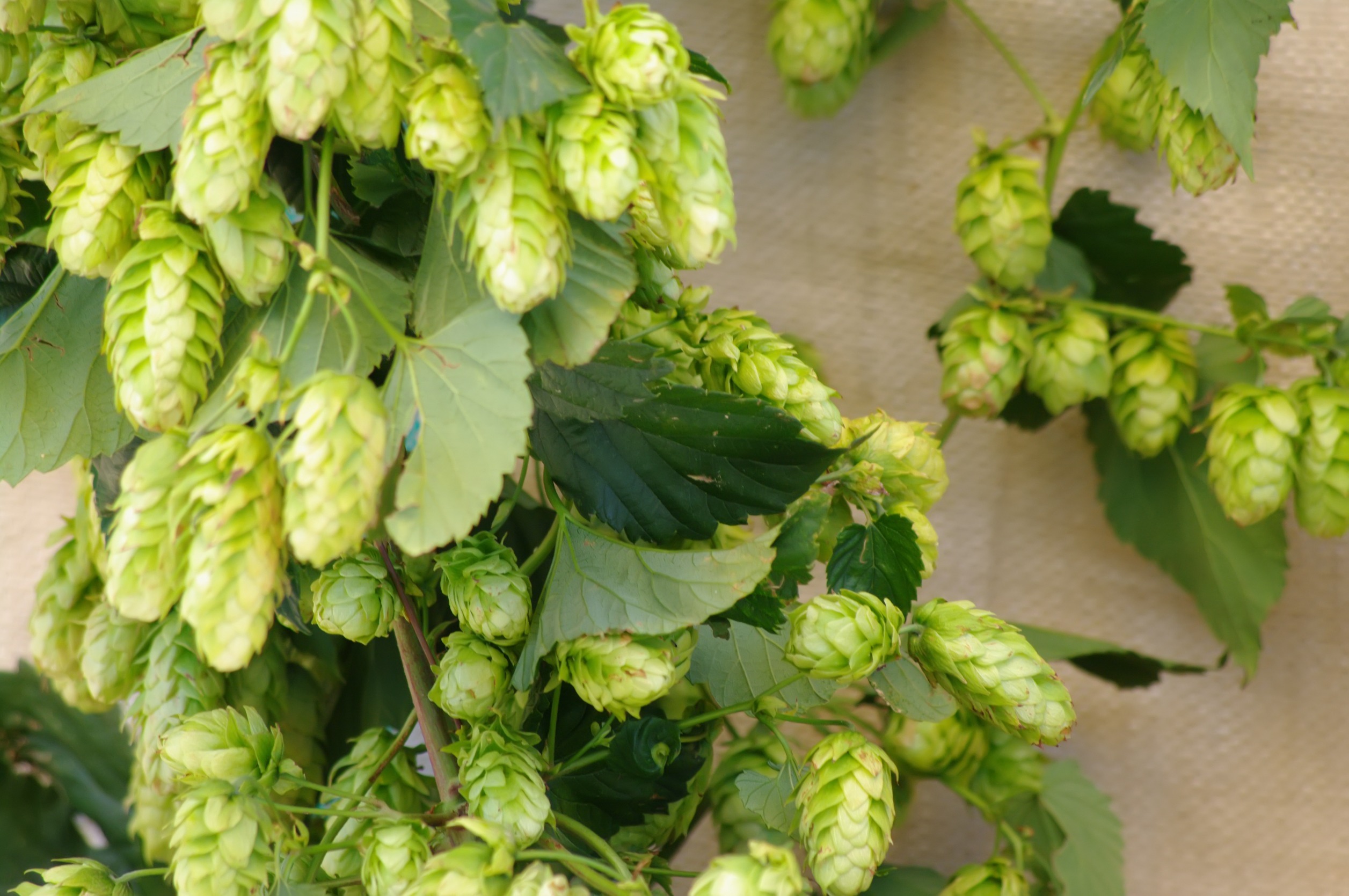
Hops are a key ingredient in beer brewing and play a crucial role in shaping the flavor, aroma, and bitterness of the final product. They are the flowers (also known as cones) of the hop plant (Humulus lupulus) and have been used in brewing for centuries.
The role of hops in brewing
Bittering
One of the primary functions of hops in brewing is to add bitterness to the beer. Bitterness comes from compounds known as alpha acids found in hops. During the boiling process, hops are added to the wort (unfermented beer) and contribute bitterness, which balances the sweetness of the malt. The level of bitterness can be controlled by adjusting the amount and type of hops used during the boil.
Flavour
Hops also contribute to the flavor profile of beer. The essential oils found in hops contain a variety of compounds that impart different flavors, ranging from floral, citrus, and fruity to spicy, herbal, and earthy. These flavors can enhance the complexity and depth of the beer’s taste.
Aroma
The aromatic compounds in hops are responsible for the pleasant aroma that beer enthusiasts associate with different styles of beer. Hops are often added towards the end of the boil or even after the boil during a process called “whirlpooling” to maximize their aroma contribution. Some brewers also use dry hopping, which involves adding hops directly to the fermenter during or after fermentation, to enhance the aroma without adding significant bitterness.
Preservation
Historically, hops were added to beer as a natural preservative due to their antimicrobial properties. Hops help inhibit the growth of bacteria and other microorganisms that can spoil the beer. This property allowed beer to be stored and transported over longer distances without spoiling.
Foam Stability
Hops can improve the stability and retention of the foam (head) on a beer. The compounds in hops interact with proteins from the malt to create a stable foam structure, enhancing the visual and sensory experience of the beer.
Varietal Differences
Just like grapes in winemaking, different hop varieties contribute distinct characteristics to the beer. The region where hops are grown, the soil, climate, and other environmental factors all influence the flavor and aroma profiles of hops. Brewers can choose from a wide array of hop varieties to create unique and diverse beer styles.
Hop Selection and Combinations
Brewers often select hops based on the desired characteristics of the final beer. Some hops are chosen for their high alpha acid content, making them suitable for bittering, while others are prized for their aroma and flavor contributions. Craft brewers often experiment with different hop combinations to create innovative and unique beer profiles.
Different Types of Hops
- Cascade:
- Origin: United States (Released in 1972)
- Flavor/Aroma: Floral, citrus, grapefruit
- Commonly Used In: Pale ales, India pale ales (IPAs)
- Centennial:
- Origin: United States (Released in 1990)
- Flavor/Aroma: Floral, citrus, pine
- Commonly Used In: Pale ales, IPAs
- Chinook:
- Origin: United States (Released in 1985)
- Flavor/Aroma: Spicy, pine, grapefruit
- Commonly Used In: Pale ales, IPAs, stouts
- Saaz:
- Origin: Czech Republic
- Flavor/Aroma: Earthy, herbal, spicy
- Commonly Used In: Pilsners, European lagers
- Hallertau Tradition:
- Origin: Germany
- Flavor/Aroma: Noble, floral, earthy
- Commonly Used In: German lagers, wheat beers
- Simcoe:
- Origin: United States (Released in 2000)
- Flavor/Aroma: Pine, earth, berry
- Commonly Used In: IPAs, pale ales
- Fuggle:
- Origin: United Kingdom
- Flavor/Aroma: Mild, woody, earthy
- Commonly Used In: English ales, porters, stouts
- Willamette:
- Origin: United States (Released in 1976)
- Flavor/Aroma: Floral, earthy, spicy
- Commonly Used In: English ales, porters, stouts
- Nelson Sauvin:
- Origin: New Zealand
- Flavor/Aroma: White wine, fruity, tropical
- Commonly Used In: IPAs, pale ales
- Amarillo:
- Origin: United States (Released in 2003)
- Flavor/Aroma: Citrus, floral, tropical
- Commonly Used In: Pale ales, IPAs
- Citra:
- Origin: United States (Released in 2007)
- Flavor/Aroma: Citrus, tropical fruit, lime
- Commonly Used In: IPAs, pale ales
- Galaxy:
- Origin: Australia
- Flavor/Aroma: Passion fruit, citrus, peach
- Commonly Used In: IPAs, pale ales
Hops are an essential ingredient in beer brewing, contributing bitterness, flavor, aroma, and even preservation properties to the final product. The choice of hop variety, when and how they are added during the brewing process, and the overall hop profile contribute to the wide range of beer styles and flavor experiences available to beer enthusiasts.


Good stuff here. We used AI and it came up with complete rubbish!